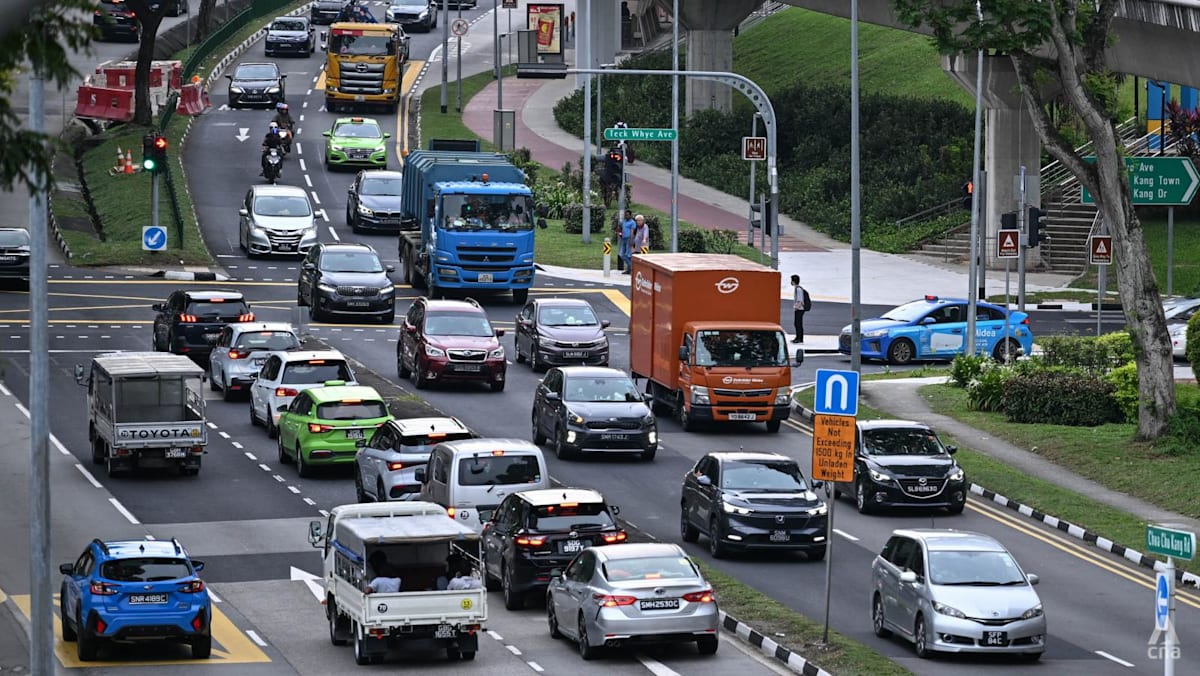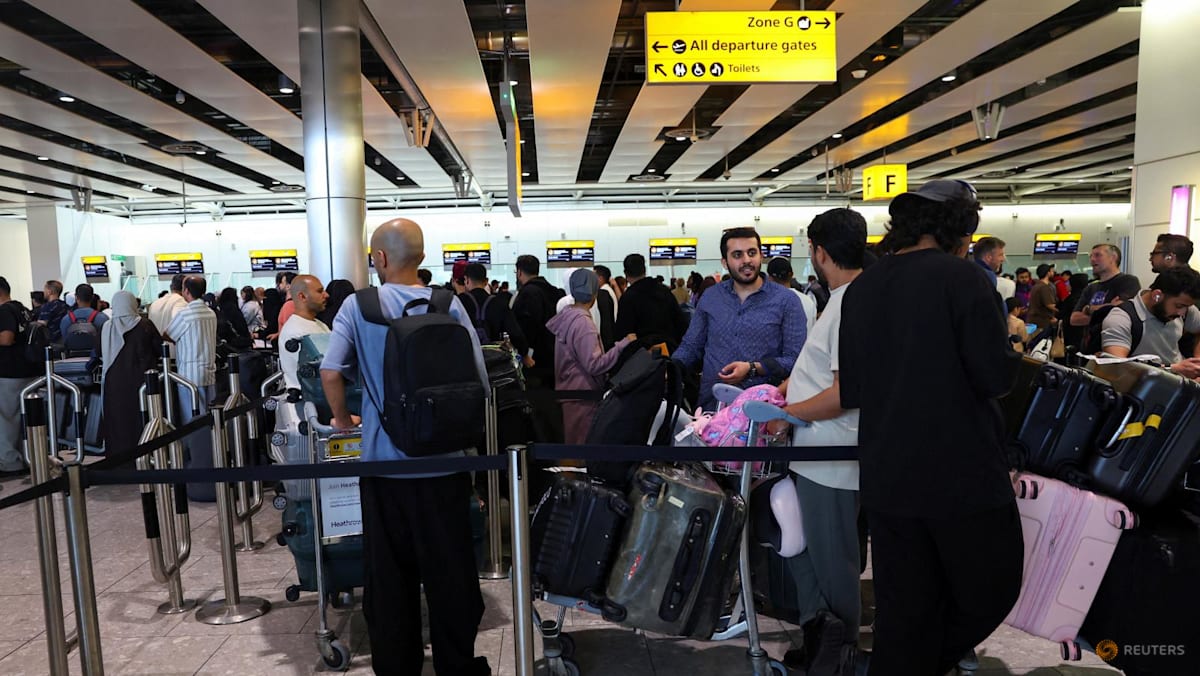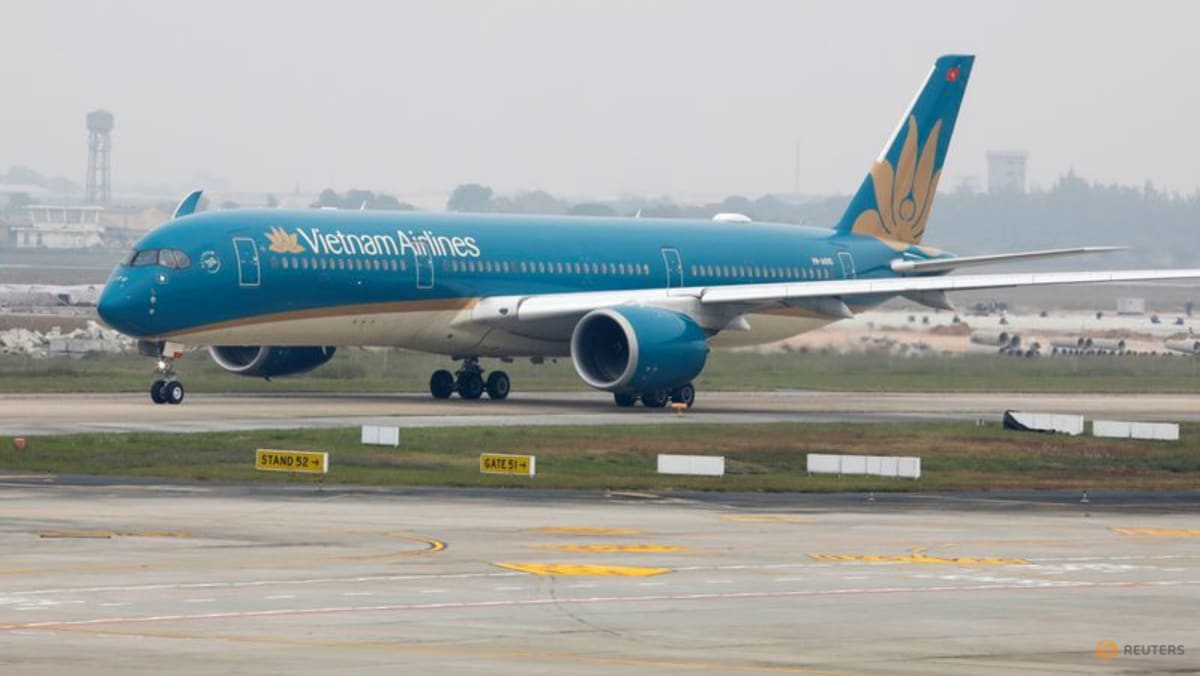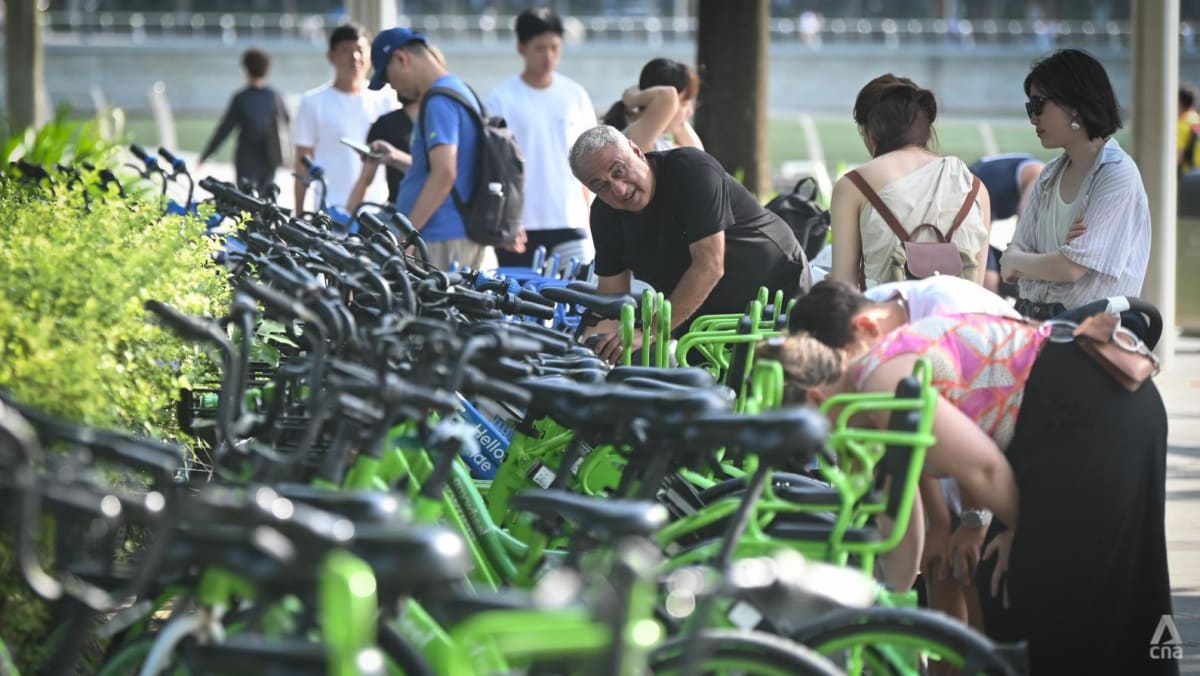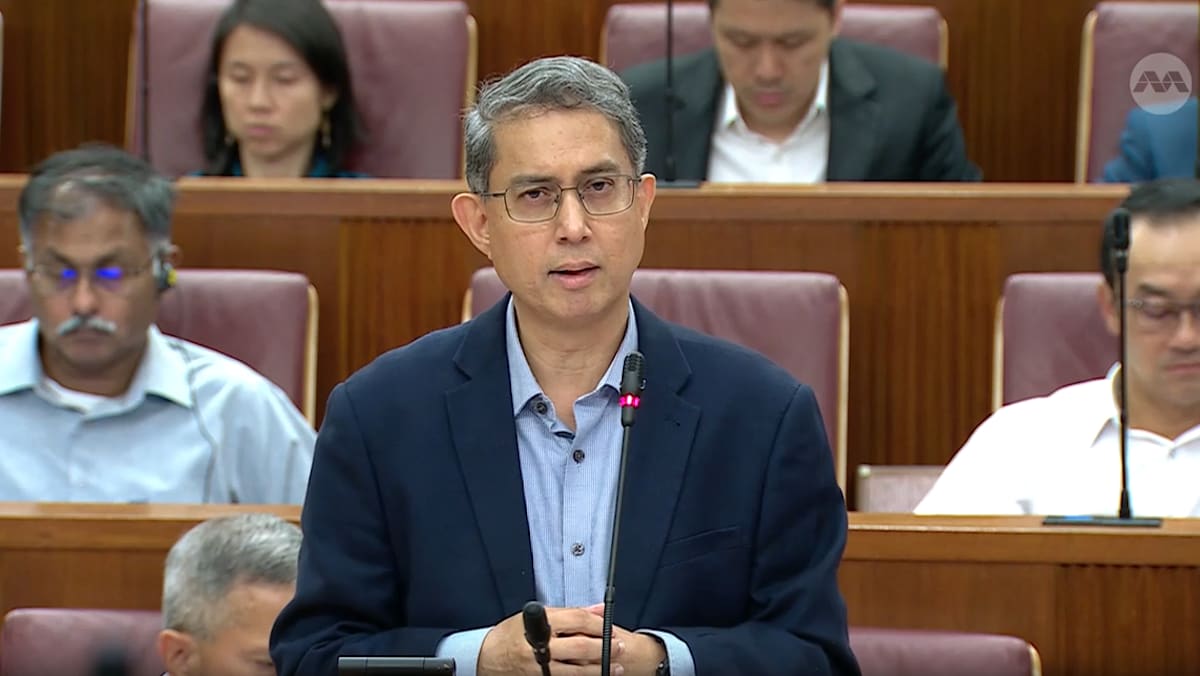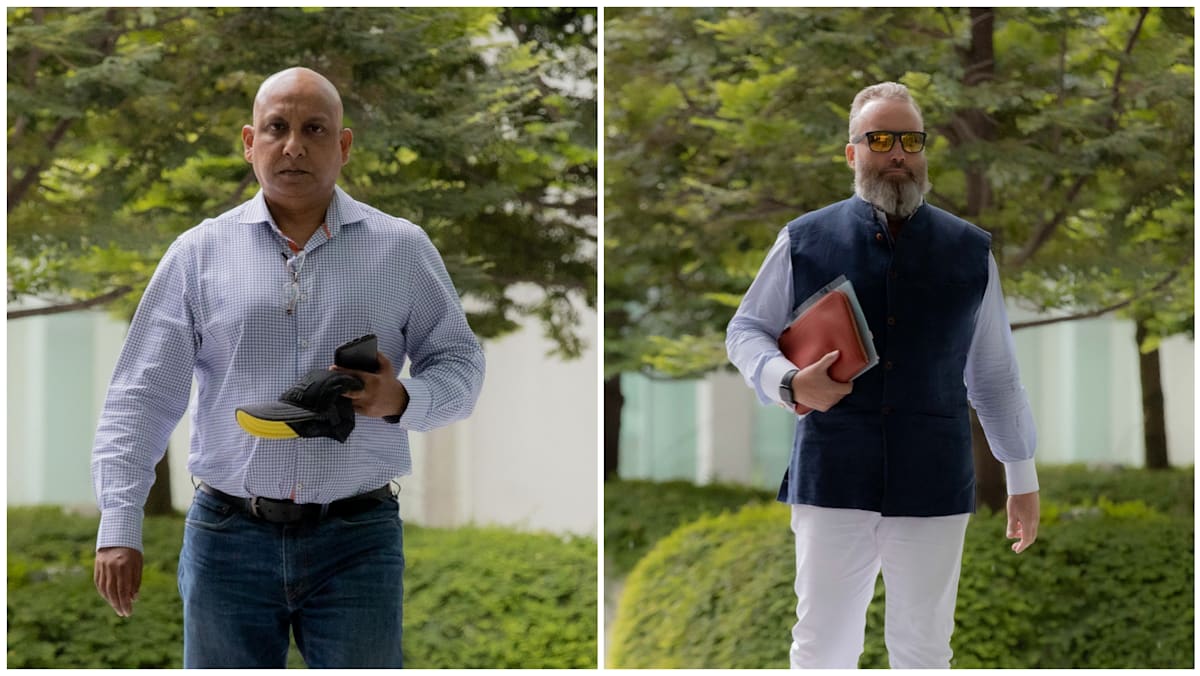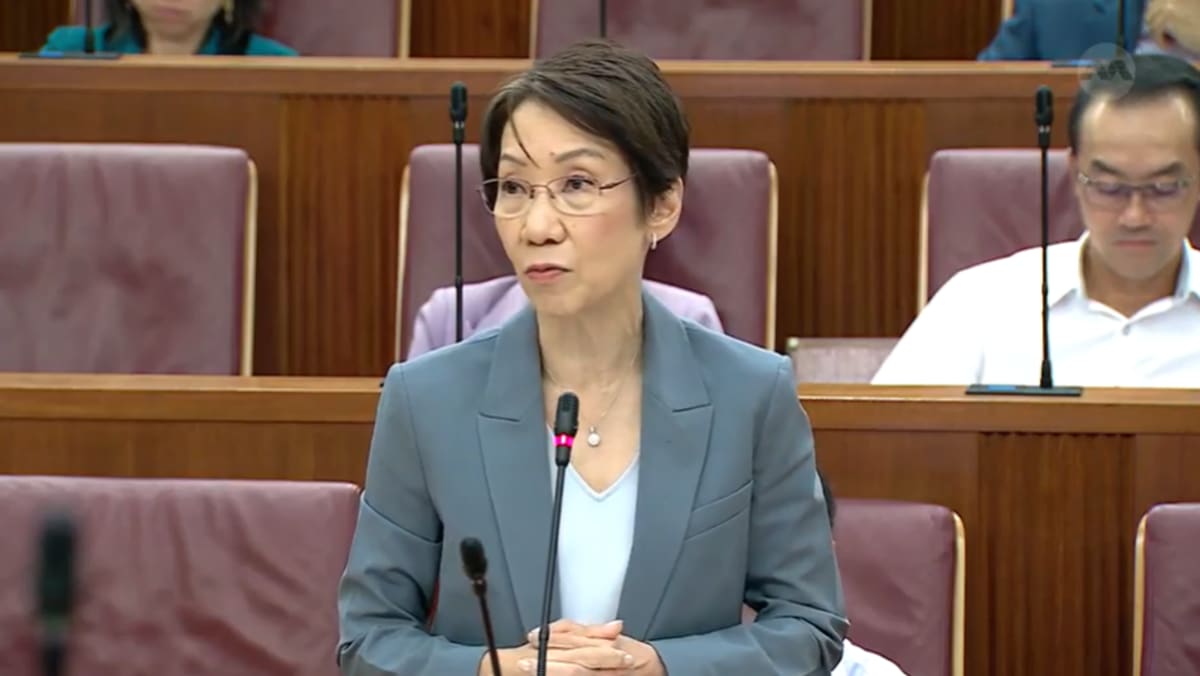THE USER EXPERIENCE GAP
Despite these efforts, some users still find that locating a bike when they need one remains a hit-and-miss affair.
Cleaning supervisor Ng Gim Beng, who prefers to use bike-sharing rather than feeder bus services to get around his neighbourhood, said availability remains an issue near his home in Yishun.
“Especially at the HDB blocks, there isn’t a bike, and I have to go and find one through the app,” the 68-year-old said.
Fellow Yishun resident and student Naurah Usyazwani, 19, agreed that finding an available bike is “not that easy” unless it is during off-peak hours.
“At any one spot, there needs to be two to three bikes, but it’s sometimes empty,” she said. “When people want to go from their home to the MRT, it’s very hard to find a bike.”
THE FUTURE OF BIKE-SHARING
Bike-sharing has the potential to fill a gap in Singapore’s transport system, analysts said. This is helped by Singapore’s investment in cycling infrastructure – now over 730km of dedicated paths and park connectors, with plans to reach 1,300km by 2030.
“By expanding the fleet and making cycling more accessible, bike-share operators could help to accelerate this process,” said Dr Che Maohao from the Singapore University of Social Sciences (SUSS), whose research interests include non-motorised transportation.
However, challenges persist that could hinder expansion. For example, deploying bikes in residential areas may remain an unprofitable venture, said transport analyst Walter Theseira.
The associate professor of economics at SUSS pointed out that the allocation of bicycles is a problem in neighbourhoods.
“Many have talked about first- and last-mile connectivity using dockless bikes between, say, the MRT station and the home or factory or office,” he said. “That sounds great in theory, but what it means in practice is a lot of one-way rentals that end up with bikes at a factory or office some distance from the station.”
These bikes are likely to be under-utilised during the day, but if they are used or relocated, they will no longer be available to the original user at the end of the day.
Deploying the bicycles in recreational areas – where bikes are circulated continuously – supports higher utilisation and makes better business sense, Assoc Prof Theseira said.
Operators also face regulatory hurdles. New rules banning bicycles from footpaths next to cycling lanes have added uncertainty for riders.
“With the stricter policies on where you can ride, chances are that if I’m a user, I’d be quite worried,” said urban mobility consultant Tham Chen Munn. “There’s this uncertainty, (over whether) I will get caught (if I) go on the wrong path.”
This could dampen interest in bike-sharing, he said.
“If we are forever arguing over who to ban and where we can use it, it doesn’t make it sexy to even try out.”
The analysts highlighted the potential for e-bikes to drive the next phase of growth, with examples from cities like London, where rental e-bikes have fuelled a surge in cycling.
Assoc Prof Theseira said electric mobility offers a sweat-free commute and would suit Singapore’s climate better.
Rental e-bikes opens up the possibility to not just first- and last-mile transport, but that of the “first five and last five miles”, said Mr Tham.
Still, concerns around pedestrian safety persist, and there remains a “lack of a proper system to ensure motorists and PMD users can coexist”, said Assoc Prof Theseira.
But Mr Tham remains optimistic about the future of bike-sharing.
“We already put so much money into the infrastructure,” he said, “The question is whether we can efficiently use it while embracing the enhancements in technology.”
